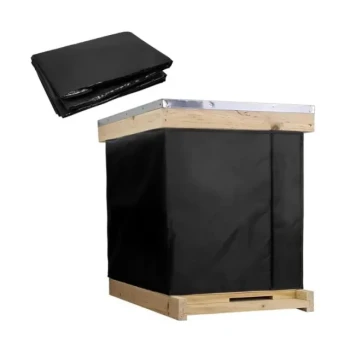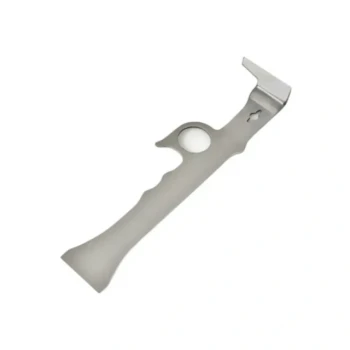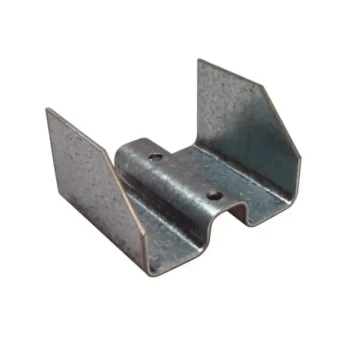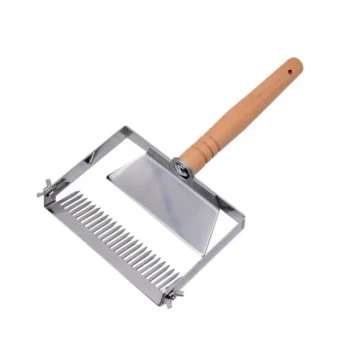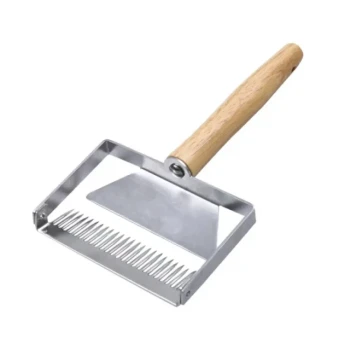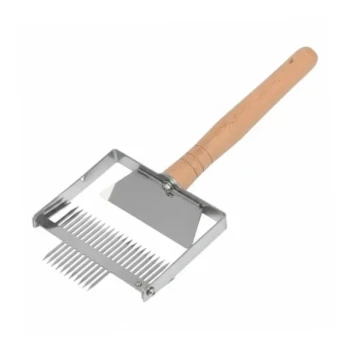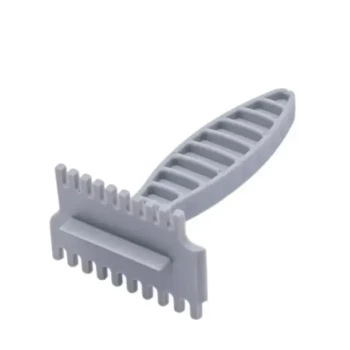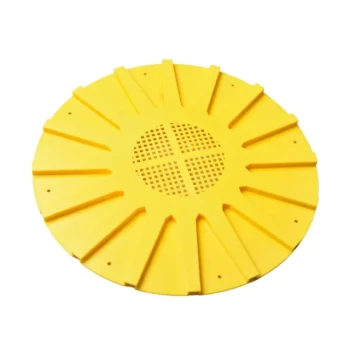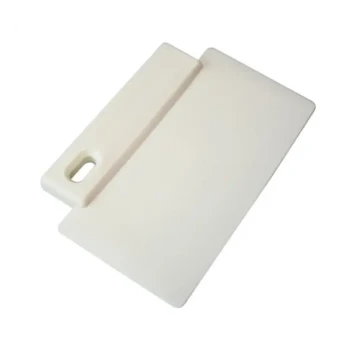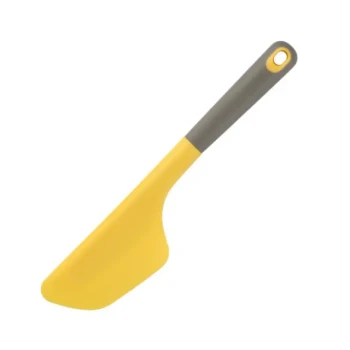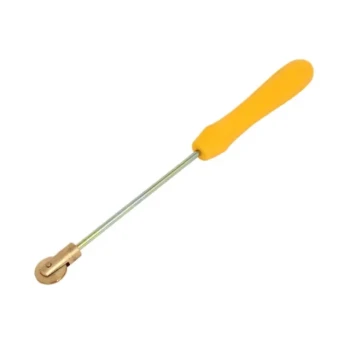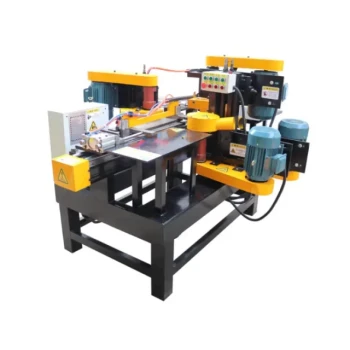Winter Hive Preparation
Essential Winter Supplies
Preparing your beehive for winter is crucial to ensure the colony's survival during the cold months. Start by equipping your hive with insulating bee cozies, which help maintain a stable internal temperature. These cozies act as a barrier against the harsh winter chill, reducing the bees' energy expenditure to keep warm.
Moisture control is another critical aspect. Excess moisture can lead to mold growth and increase the risk of diseases. Use moisture-absorbing materials or ensure proper ventilation to keep the hive dry. Additionally, install mouse guards to prevent rodents from entering the hive and causing disturbances or damage.
Supplementary Feeding
In winter, natural food sources become scarce, making it essential to monitor your colony's honey stores. If the bees have insufficient honey, supplementary feeding becomes necessary. Sugar syrup is a common option, with a recommended concentration of 75 percent sugar by weight. Depending on the colony's strength, feeding 3 to 5 kg of sugar syrup can provide the energy needed to sustain the bees.
Alternatively, fondant is another effective supplementary feed. Its soft consistency makes it easy for bees to consume without expending too much energy. Both sugar syrup and fondant ensure that your colony has the resources to survive until spring when natural foraging resumes.
Monitoring Hive Health
External Weight Check
One of the simplest yet most effective ways to monitor your hive’s health during winter is by performing an external weight check. Gently lift the hive from the base to gauge its weight. This method, recommended by master beekeeper Frank Licata, helps estimate the bees’ winter stores without the need to open the hive and disturb the colony. A heavier hive typically indicates sufficient honey reserves, while a lighter one may suggest that the bees are running low on food. This non-invasive technique is particularly useful in cold weather when opening the hive could expose the bees to harmful temperature drops.
Timing for Hive Inspection
Timing is critical when it comes to winter hive inspections. Late February or March is the ideal time to check your hive, as this is about four to six weeks before the expected spring warm-up. By this point, the bees have been relying on their stored honey for several months, and there’s a risk they may have depleted their reserves before winter’s end. A timely inspection allows you to assess the colony’s food supply and take action, such as emergency feeding, if necessary. This strategic timing ensures your bees have enough resources to survive until natural forage becomes available again.
Emergency Winter Feeding
Sugar Bricks and Candy Boards
In the depths of winter, when natural food sources are scarce, sugar bricks and candy boards can be lifesavers for your bee colony. These emergency feed sources are designed to provide minimal moisture and easy access to food without forcing bees to break their protective cluster.
The placement of sugar bricks above the hive is particularly effective. Bees naturally move upward to access food, as the heat they generate makes the upper part of the hive warmer. This ensures that the colony can access the sugar bricks without expending excessive energy. By providing a reliable food source above the cluster, you can prevent starvation and help your bees survive the harsh winter months.
Fondant Feeding
Another excellent option for emergency winter feeding is fondant. This soft, pliable sugar-based feed is easy for bees to consume, requiring minimal effort on their part. Fondant’s consistency makes it an ideal choice for winter feeding, as it doesn’t harden in cold temperatures and remains accessible to the bees.
Using fondant is straightforward—simply place it directly above the cluster or on the hive’s inner cover. Its ease of use and soft texture ensure that bees can feed without expending precious energy, helping them conserve resources for maintaining warmth and survival. Fondant is a practical and effective solution for beekeepers looking to support their colonies during the winter emergency feeding period.
Winter Hive Insulation
Insulation Materials
Maintaining stable temperatures within the hive during winter is crucial for the survival of your bee colony. Proper insulation reduces the need for frequent hive checks and helps bees conserve energy. Here’s a comparison of common insulation materials:
| Material | Pros | Cons |
|---|---|---|
| Foam | Excellent thermal insulation, lightweight, and easy to cut to size. | Can trap moisture if not ventilated properly, potentially causing mold. |
| Reflective Bubble | Reflects heat back into the hive, effective in sunny climates. | Less effective in cloudy or overcast conditions. |
| Natural Wool | Breathable, regulates moisture, and provides good insulation. | Can be bulky and may require additional protection from pests. |
| Straw Wraps | Inexpensive, readily available, and provides decent insulation. | Can degrade over time and may attract pests if not secured properly. |
Each material has its strengths and weaknesses, so the choice depends on your specific climate and hive setup. For instance, in colder, damp regions, natural wool might be the best option due to its moisture-regulating properties. In contrast, reflective bubble wrap could be more effective in areas with ample winter sunlight.
Using insulation effectively involves not just selecting the right material but also ensuring proper installation. Wrapping the hive snugly while leaving adequate ventilation is key to preventing condensation buildup, which can be as harmful as the cold itself. By insulating your hive properly, you’ll help your bees maintain their cluster warmth and conserve their energy reserves throughout the winter months.
Frequently Asked Questions
Winter Bee Behavior
During winter, honeybees exhibit unique behaviors to survive the cold. One of the most notable is clustering, where bees huddle together to generate and conserve heat. The cluster forms around the queen, with worker bees rotating from the outer edges to the warmer center to ensure everyone stays warm.
Another critical behavior is the removal of dead bees from the hive. Bees instinctively clear out deceased members to maintain cleanliness and prevent disease. If you notice dead bees outside the hive, it’s often a sign of normal winter activity rather than a cause for concern.
Understanding these behaviors is essential for assessing hive health. For instance, if bees are not clustering or if dead bees accumulate inside the hive, it could indicate issues like insufficient food stores or poor ventilation. Regularly using a hive brush to gently clean the hive entrance can help maintain airflow and support these natural behaviors.
Hive Ventilation and Moisture Control
Proper ventilation is crucial for hive survival during winter. Bees manage moisture by fanning their wings to circulate air, preventing condensation from building up inside the hive. Excessive humidity can lead to bees retaining more moisture and feces than they can handle, potentially causing them to defecate inside the hive, which is harmful to colony health.
To support your bees, ensure the hive has adequate ventilation. This can be achieved by slightly propping open the hive cover or using a screened bottom board. Additionally, placing moisture-absorbing materials like wood shavings or burlap inside the hive can help control humidity levels.
By understanding and facilitating these natural processes, you can help your bees maintain a dry and warm environment, increasing their chances of surviving the winter months.
Conclusion
Importance of Winter Hive Checks
A brief inspection of your hive in winter can ensure colony survival and set the foundation for a thriving colony ready for spring. While it’s crucial to minimize disturbances during the colder months, a quick check can provide valuable insights into the health and resource levels of your bees.
Winter hive checks are not about opening the hive extensively but rather about observing external indicators and making minor adjustments. For instance, using a hive brush to clear snow or debris from the entrance ensures proper ventilation and access. This simple action can prevent moisture buildup and allow bees to exit for cleansing flights when temperatures rise slightly.
Monitoring the hive’s weight is another non-invasive method to assess whether your bees have sufficient food stores. If the hive feels unusually light, it might be time to provide emergency feeding, such as sugar bricks or fondant, to prevent starvation.
Additionally, checking for signs of pests or predators, like mice, can save your colony from unnecessary stress. A well-maintained hive in winter sets the stage for a robust and productive spring, ensuring your bees are ready to forage and build their population as the weather warms.
By taking these small but significant steps, you’re not just safeguarding your bees through the winter—you’re investing in the future health and success of your colony.
Visual Guide

Related Products
- Professional Insulated Winter Hive Wrap for Beekeeping
- HONESTBEE Advanced Ergonomic Stainless Steel Hive Tool for Beekeeping
- Long Langstroth Style Horizontal Top Bar Hive for Wholesale
- Professional Stainless Steel J-Hook Hive Tool
- Removable Washable Hive Beetle Trap Attractants for Small Hive Beetles
Related Articles
- The Silent Killer in the Hive: Why Moisture, Not Cold, Is Winter's Greatest Threat
- The Quiet Interface: How a Simple Inner Cover Prevents a War in the Hive
- Engineering the Winter Cluster: The Strategic Case for Foam Board Insulation
- Comprehensive Guide to Attracting Bees to a Hive
- The Engineer's Guide to Wintering Beehives: Why Moisture, Not Cold, is the Enemy

